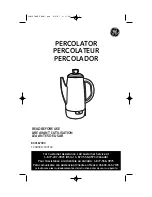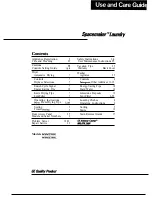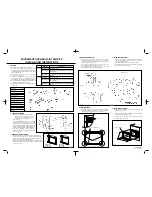
15
At a standstill:
Provided there are no grain kernels between the millstones, any adjustment
can be carried out – even when the mill is at a standstill. With the mill turned
on fill the grain into the hopper.
When the mill is switched off and with a full hopper no finer re-adjustment
should be carried out. The grain, which has not yet been processed and is still
between the millstones, will become wedged. This can cause problems when
re-starting the mill.
During the milling process:
During the milling process re-adjustment from fine to coarse and vice versa is
possible. Re-set from coarse to fine “slowly” in order to give the mill time to
process the grain which is between the stones. If you do the re-adjustment
too quickly the stones could become blocked.
Coarse Setting:
The coarsest setting for producing grits is set by turning the adjustment
screw from fine to coarse by turning in the anti-clockwise direction. You can
open the milling stones so far that the corn will come out of the funnel again.
Continual re-adjustment is possible between these two steps.
Normal setting – suitable for bread making
For baking bread, we recommend that you do not choose a too fine setting.
The flour should feel slightly gritty / sandy.
Should you be processing flour for baking bread – an old baker’s
rule can be recommended:
“Mill as coarse as possible and only so fine as necessary”










































